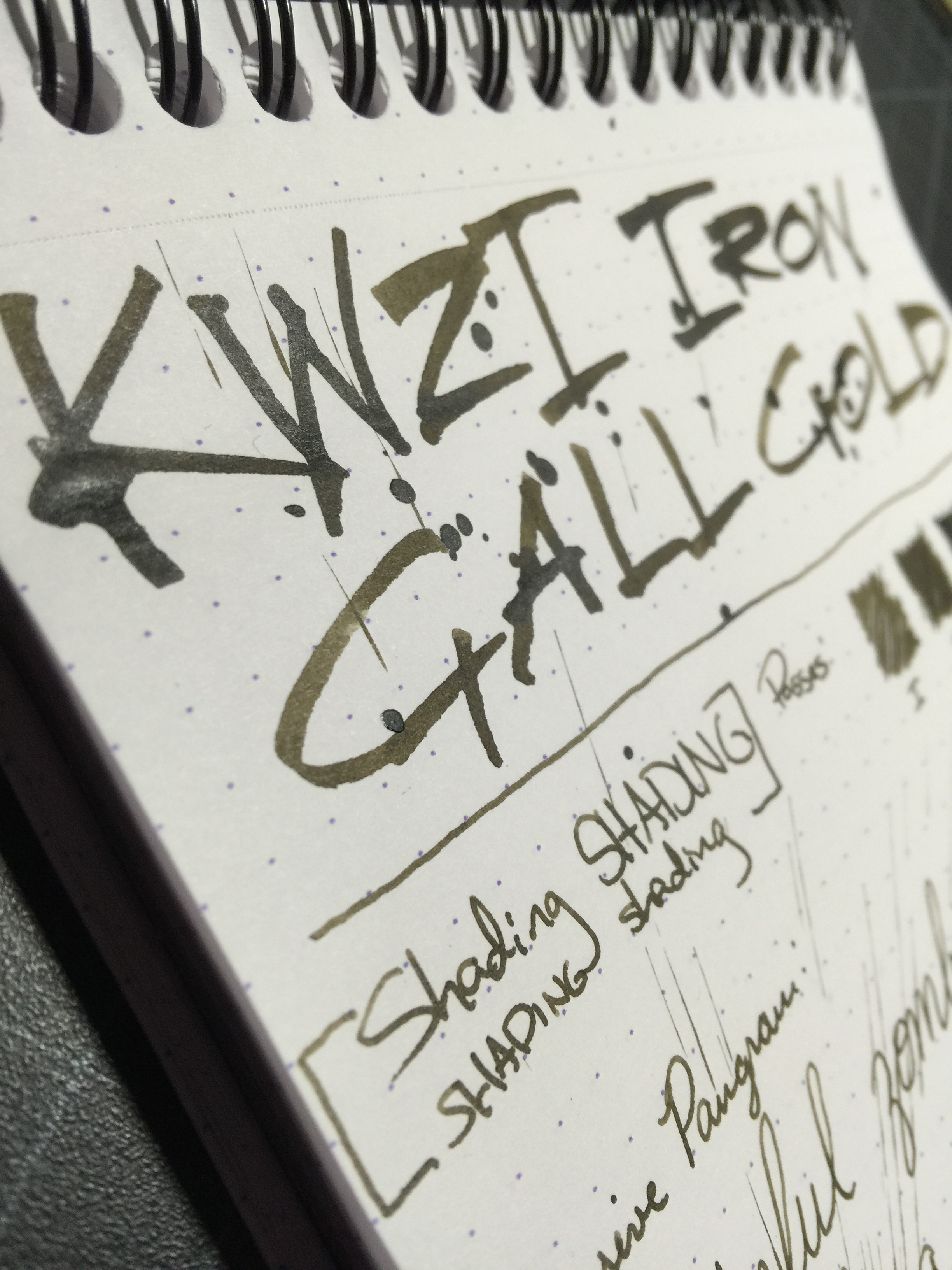Ink Review: Diamine Terracotta
Diamine Terracotta
Pen: Lamy Safari (M)
Paper: Rhodia 80gsm #16 blank
Shading: high
Saturation: moderate
Flow: wet
Dry Time: 20s in Lamy M
Spoiler alert: I LOVE this ink. I had been wanting to try my sample of Diamine Ancient Copper for a long time now, but then I saw Goulet Pens' swab of this ink and I had to try it first. The colors are very similar, so I may do a shootout of these two at some point. Diamine have been producing some of the most unique fountain pen inks on the market, and have been around since 1864. They very recently celebrated their 150th anniversary. To commemorate, they produced the 150th anniversary ink set, which Terracotta is a part of. Other popular inks in the set include Silver Fox, Regency Blue and the much loved 1864 Blue Black.
My ink was from a sample, but if you've not seen the 150th Anniversary Diamine bottles, you should definitely take a look. Each bottle is a triangular wedge, and when you own the entire set the bottles fit together to make a nice circle for your desk. Terracotta is a warm reddish-brown with an intense amount of shading. The color variation is wide, and ranges from a dark red-brown, to a lighter brownish-orange. The ink flows wet and lends to a smooth writing experience. The dry time in my medium Lamy Safari was about 20 seconds on Rhodia; so not terrible, but not fast either.
Chromatography was very neat looking; it goes from a orange-red and leads up to a medium brown. For comparisons, honestly, there aren't a ton of inks out there that match this perfectly. Diamine Burnt Sienna is the closest I could find. Diamine Ancient Copper and Diamine Autumn Oak are darker and lighter inks respectively that are both very nice as well.
I have to say, I'm not typically a fan of brown inks, especially reddish browns. Terracotta really changed my mind on that. The ink just has so much character and I have already put my email on the notification list for when this comes back in stock at Goulet Pens. I highly recommend you give this one a try! You can snag a 40mL bottle for $15.95 at most retailers.
Leave a comment and let me know what your favorite brown ink is!
Thanks for reading!
- Lori




